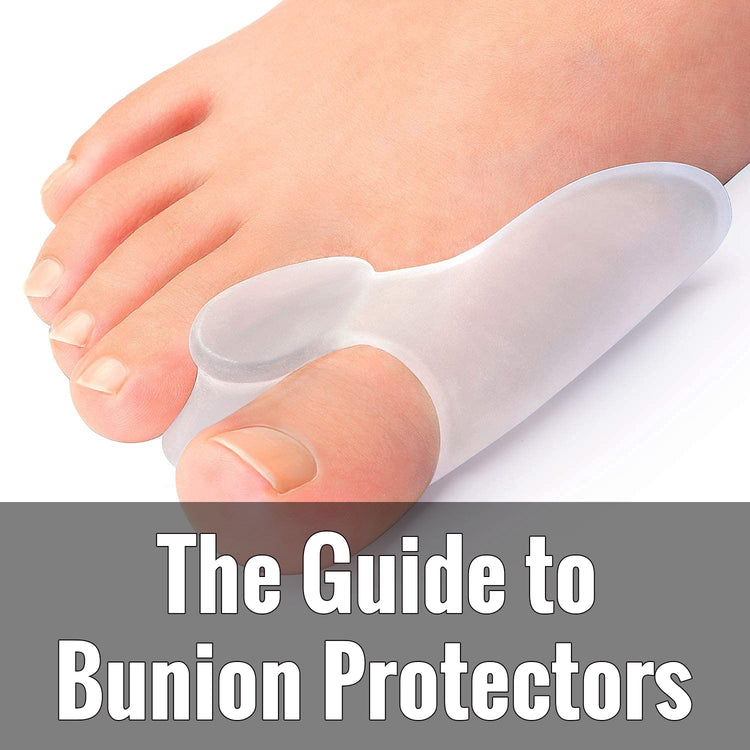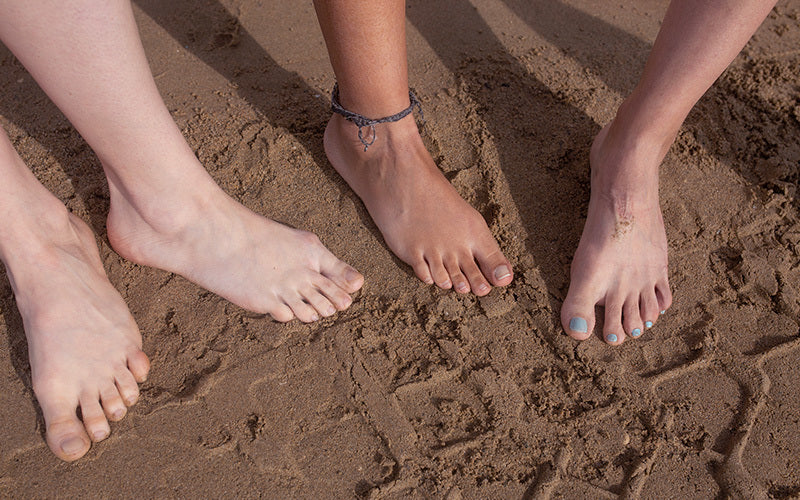The Guide to Bunion Protectors: Relieve Pain and Promote Foot Health

Bunions can be incredibly painful and impact daily activities. Fortunately, there are various remedies available, one of which is a bunion protector. This article will delve into the world of bunion protectors, their benefits, and how they can help relieve discomfort while promoting foot health. Whether you're a sufferer seeking relief or someone looking for preventive measures, read on to discover the benefits of bunion protectors.

Section 1: Understanding Bunions
Begin by explaining what bunions are, providing a brief overview of the condition. Define bunions as a bony bump that forms at the base of the big toe joint, often resulting from abnormal foot mechanics, genetics, or ill-fitting shoes. Discuss the symptoms, such as pain, swelling, redness, and restricted movement. Emphasize the importance of early intervention to prevent the condition from worsening.

Section 2: What are Bunion Protectors?
In this section, provide an in-depth explanation of bunion protectors. Describe them as specialized orthopedic devices designed to cushion and protect the bunion area. They are typically made from soft, flexible materials like gel, silicone, or foam. Discuss their ergonomic design, which ensures a snug fit and maximum comfort.

Section 3: Benefits of Bunion Protectors
a) Pain Relief: Explain how bunion protectors alleviate pain by reducing pressure and friction on the affected area. Elaborate on their ability to cushion the bunion, absorbing shock and redistributing weight.
b) Protection: Highlight the protective properties of bunion protectors. Discuss how they shield the bunion from external factors, such as rubbing against footwear or accidental bumps, preventing further irritation and potential complications.
c) Enhanced Comfort: Emphasize how bunion protectors provide immediate relief and enhance overall comfort while walking or engaging in physical activities. They help in minimizing discomfort associated with bunions, allowing individuals to maintain an active lifestyle.
d) Prevention: Discuss how bunion protectors can also be used as a preventive measure, especially for those with a family history of bunions or foot deformities. Explain how they promote proper alignment of the toes, reducing the risk of bunion formation or progression.

Section 4: Types of Bunion Protectors
Describe the various types of bunion protectors available in the market:
a) Toe Spacers: Discuss how these separators fit between the toes, promoting proper alignment and reducing pressure on the bunion.
b) Bunion Sleeves: Explain the sleeve-like design that wraps around the bunion, providing cushioning and protection while wearing shoes.
c) Gel or Silicone Protectors: Discuss how these protectors are made from soft gel or silicone material, offering excellent shock absorption and comfort.

Section 5: Tips for Choosing and Using Bunion Protectors
Provide practical tips to help readers choose the right bunion protectors and ensure their effective use:
a) Proper Sizing: Emphasize the importance of selecting the right size to ensure a secure and comfortable fit.
b) Material: Highlight the benefits of different materials and how they suit individual preferences and sensitivities.
c) Regular Cleaning: Encourage users to clean their bunion protectors regularly to maintain hygiene and extend their lifespan.
d) Consultation: Advise readers to consult a healthcare professional or podiatrist for personalized recommendations, especially if they have severe bunions or other foot conditions.
Conclusion:
Bunion protectors offer a valuable solution for individuals suffering from bunions or those seeking preventive measures. By providing pain relief, protection, and enhanced comfort, these specialized orthopedic devices can significantly improve daily life and foot health.
